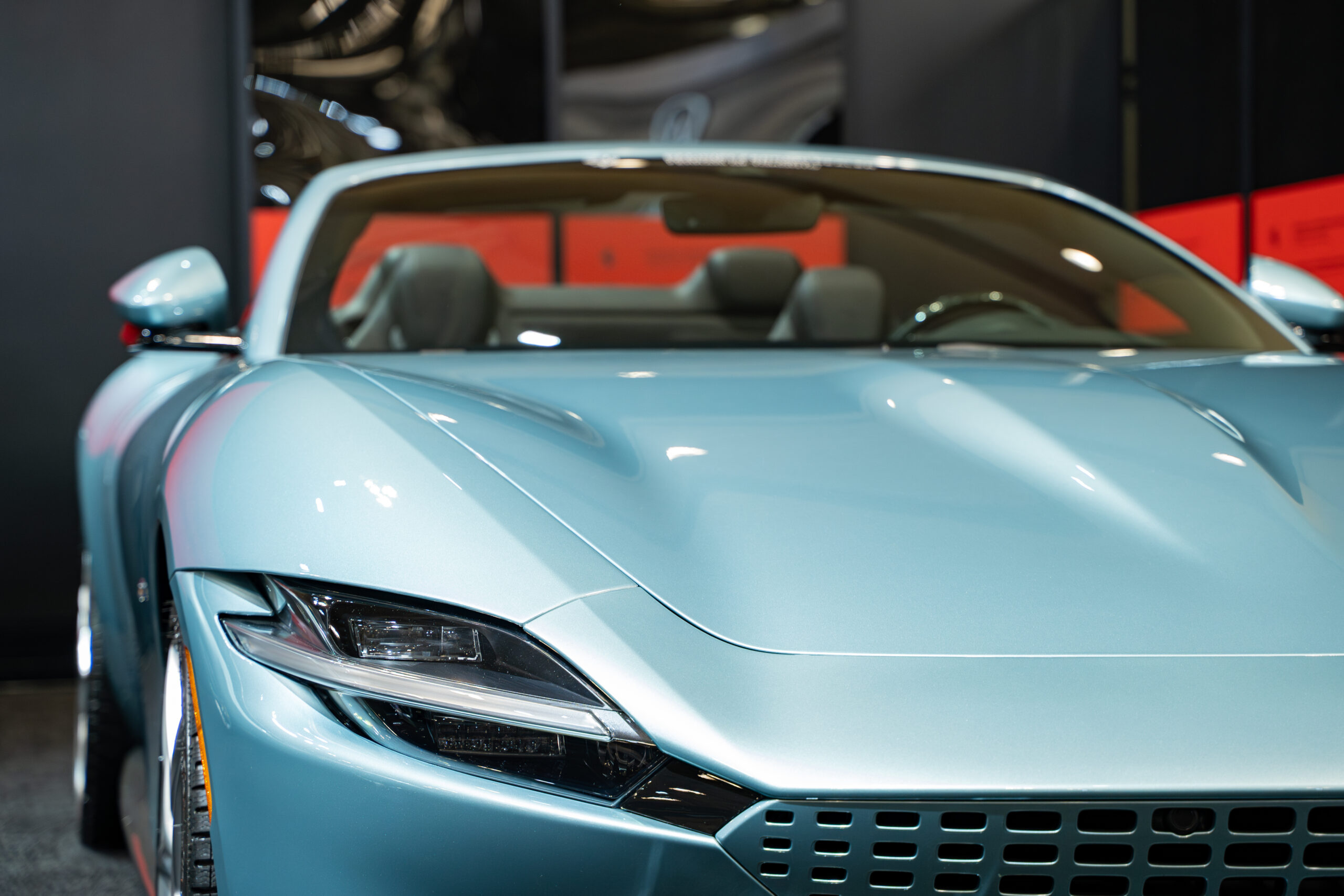One of the biggest questions I get asked in the restoration world is this: “Should I keep the car classic, or go all-in on customization?” It’s a great question—and there’s no one-size-fits-all answer. As someone who lives and breathes exotic and classic car restoration, I’ve had to walk this line many times. It’s all about finding that sweet spot between preserving value and expressing your unique style.
Whether you’re restoring a vintage muscle car, a European sports car, or a rare exotic, how you approach the project will shape not just the car, but its story—and its worth.
What Makes a Classic “Classic”?
A classic car isn’t just old—it’s iconic. The design, engine, interior, and even the imperfections tell a story. For collectors, originality is king. Matching numbers, original paint codes, factory interiors—these details matter. Keeping a car as close to its original condition as possible can make it a solid investment. That’s why fully original restorations, when done right, can command some of the highest prices at auctions.
If you’re restoring a car for its potential resale or historical significance, the classic route is probably the way to go. But that doesn’t mean you can’t update certain things behind the scenes—like brakes, wiring, or suspension—to improve safety and drivability.
The Case for Custom Builds
Now, on the flip side, there’s customization—and this is where things get really fun. Custom cars let your creativity shine. You can change the color, swap the engine, redesign the interior, or add tech that simply didn’t exist when the car was made. It’s not about restoring the past—it’s about reimagining it.
For a lot of our clients at Amari Customs and Designs, that’s the appeal. They want something bold, different, personal. Maybe it’s a wide-body kit on a Porsche 964, a one-of-a-kind matte finish on a Lamborghini, or a full restomod on a ‘67 Mustang with modern-day horsepower under the hood. It’s art on wheels.
Custom builds may not always bring the same resale value as a factory-perfect restoration, but they often carry more emotional value. You’re building something for you, not just for the market.
Ask Yourself: What’s the End Goal?
Whenever I start a project—whether for myself or a client—I always ask one simple question: What do you want this car to be?
- If it’s a long-term investment or museum piece, go classic.
- If it’s a daily driver or a show car meant to turn heads, go custom.
- If it’s a little bit of both, we can find a balanced approach.
Clarity on the goal will guide every choice you make, from paint to parts to performance.
Striking a Balance: The Restomod Route
There’s a growing trend in the restoration world that brings the best of both worlds: restomods. These are classic cars that keep their vintage looks but get modern upgrades underneath. Think: original body lines, but with a modern drivetrain, air conditioning, LED lighting, digital dash, and custom audio systems.
Restomods have become especially popular with younger collectors who want the look of a classic but the feel of a modern car. It’s a great way to preserve the value while still making the car fit your lifestyle.
At Amari Customs, we love building restomods because they challenge us to respect the past while embracing the future. It’s a delicate art—but when done right, the result is timeless.
Value vs. Vision: What’s More Important to You?
There’s always going to be a trade-off between originality and personalization. Restoring a car to its factory specs might retain more value on paper, but customizing it gives you a chance to express who you are as a driver and an enthusiast.
I’ve seen plenty of custom builds that sell for just as much as fully original cars because they were executed with skill and vision. It’s all about quality. A poorly done custom job will tank value. A beautifully executed one can elevate it.
So ask yourself: are you building for a future buyer—or for yourself?
The Details Matter—Always
No matter which route you take, attention to detail is everything. Whether we’re rebuilding a Ferrari engine or reupholstering a Corvette’s seats, we approach every step with care and precision. That’s what sets a professional restoration apart from a quick flip.
Invest in high-quality parts. Work with skilled craftsmen. Don’t cut corners. That’s how you ensure your car—whether classic or custom—lasts and leaves a lasting impression.
Enjoy the Process
At the end of the day, car restoration is a journey. Don’t rush it. Take the time to learn about your car, understand its history, and think about what you want it to represent. It’s more than just nuts and bolts—it’s a creative expression, a tribute to automotive history, and in many ways, a reflection of yourself.
I’ve been lucky enough to turn my passion into a profession, and I can tell you this: every build, every project, every late night in the shop is worth it when you finally turn the key and hear that engine roar.
So whether you’re restoring a beauty from the past or creating a vision for the future, do it with purpose, pride, and passion. That’s the real value in this work—and it’s something no price tag can measure.
